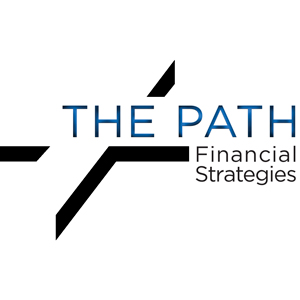As a financial advisor, one of my goals is to help clients align their money with their deepest held values – and keep it there. This typically involves a learning curve and a process, with the most important part being cash-flow analysis.
Most people have a good idea of their bill pay, which is different than spending. Bill pay accounts for recurring monthly expenses that are routine and easy to remember. Spending encompasses all expenditures during a twelve-month cycle. People focus on their monthly bill pay and miss what they are actually spending per month. Looking at your spending from an annual perspective is the only way to gain true understanding of your cash flow.
To get started, write down everything you spent money on this month, detailing the item or service and its cost. Expenses don’t have to be exact at this point since the intent is creating your own unique spending categories. It’s easy to go online and find a budget sheet, if that’s your preference. I use one in an Excel format so it’s easy to change and add categories as needed.
Next, mentally walk through the year, thinking about what activities you anticipate each quarter. For me, first quarter must take into account expenses related to my wedding anniversary, my husband’s and daughter’s birthdays, car inspection, and car tag renewal. Second quarter includes expenses for spring, such as yard maintenance and soccer season for my daughter. Summer clothes, vacation, and car maintenance occur in third quarter, along with my niece’s birthday and graduation. Fourth quarter brings Thanksgiving travel, as well as Christmas gifts, and subscription renewal for several magazines. The list isn’t complete, but it gives examples of the types of expenses to remember.
Now, think about things that many people call unexpected expenses, though realistically they aren’t unexpected. Wear-and-tear is part of life, so we can all try to plan for it. Eventually the car will need new tires and an oil change, faucets will need repair, at least one of your appliances will give out, and there will be medical bills. The key is determining estimates now so that you’re prepared, versus surprised. For example, my family spent about a thousand dollars on landscaping at our new home this spring with more work planned this fall, plus our out-of-pocket medical expenses already have totalled almost three times that much this year due to higher deductibles. By planning ahead, we anticipated and budgeted for these unexpected expenses, which in reality, we reasonably expected at some point in time.
Next, tally all your expenses (including guesstimates for unexpected expenses) for an estimate of your true annual spending. More often than not, your total will show up as a deficit compared to your annual income. When that happens, it’s time to realign actual spending with your family’s goals and values. Ask hard questions, such as: Are we satisfied with how we are spending our money? Do our purchase categories and amounts represent our true values? Where can we make changes to arrive at a balanced budget?
I am hopeful you will give this exercise a try. You will be glad you did, because it will help you feel financially empowered.
Angie Shay is also a financial adviser with Eagle Strategies LLC, a Registered Investment Adviser. THE PATH Financial Strategies, LLC is not owned or operated by Eagle Strategies or its affiliates. This article is provided for informational purposes only. THE PATH Financial Strategies, LLC is not affiliated with Women in Insurance and Financial Services. Neither THE PATH Financial Strategies, LLC nor Angie Z. Shay provides tax or legal advice.




